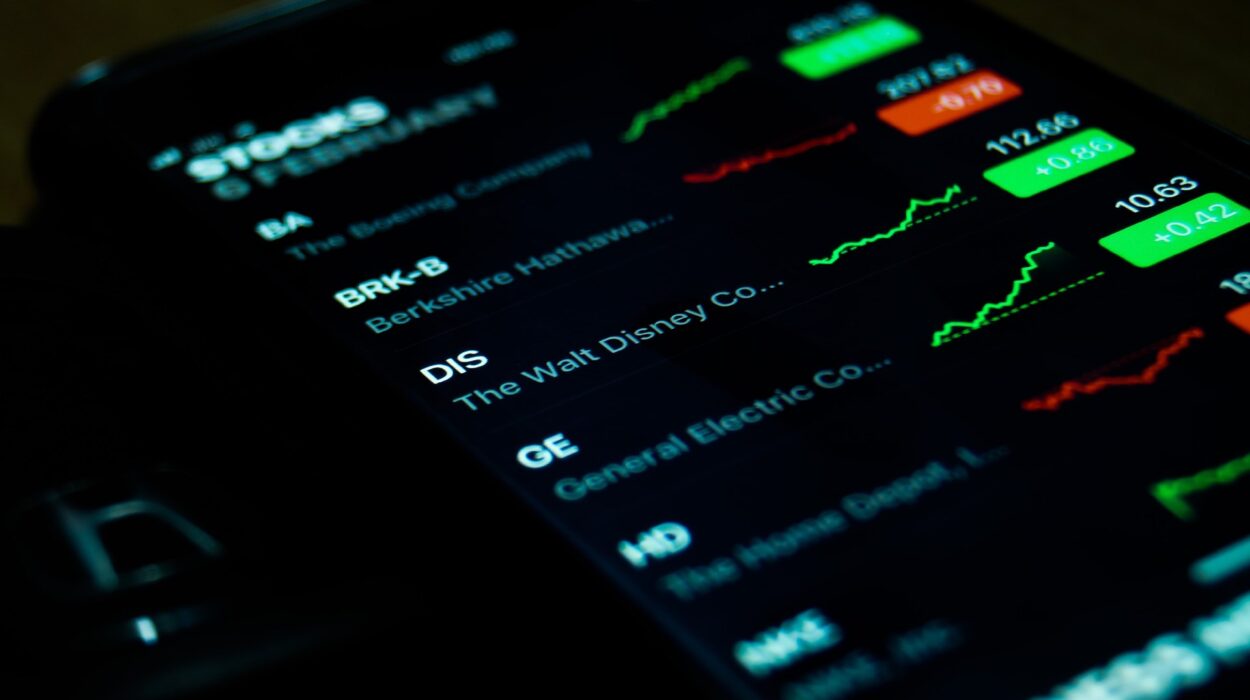Trading apps are becoming more and more well-liked among investors in a time when technology has transformed financial markets. These apps promise accessibility, convenience, and real-time market data. However, the increasing use of digital platforms prompts a crucial query: Are trading apps secure? This article will examine the various aspects of trading app safety, looking at potential hazards, legal protections, and user-friendly guidelines.
The Rise of Trading Apps
By enabling users to trade stocks, cryptocurrencies, forex, and other assets with the swipe of a finger, trading apps have democratized access to the financial markets. Examining the safety features of these apps is crucial because they appeal to a wide range of users, including both experienced traders and new users.
Risks Associated with Trading Apps
Security issues: Because trading apps are digital, they are vulnerable to online threats. User information can be compromised and pose serious risks as a result of security breaches, hacking attempts, and data leaks.
Market volatility and risk exposure: Trading entails risks by its very nature, and users run the risk of suffering significant losses as a result. Leveraged trading apps can magnify gains and losses, necessitating careful risk management on the part of users.
Fraudulent Practices: Some poorly regulated or unregulated trading apps may engage in fraudulent practices that deceive users with exaggerated claims and may lead to financial scams.
Technical problems like system outages, lags, or glitches can prevent trading from taking place. During crucial market moments, users might have trouble executing orders, tracking positions, or accessing vital information.
Regulatory Safeguards
Regulatory Oversight: Financial regulatory organizations keep an eye on legitimate trading apps. Users should confirm that the app has a license and complies with all applicable laws in the areas in which it is used.
Secure Transactions: Encryption protocols and secure payment gateways are essential for safeguarding financial transactions. Reliable trading apps protect user funds and personal information with strong security measures.
User Protections: Regulatory frameworks frequently include clauses that aim to protect users, like segregating client funds from the business’s operational funds. This guarantees that user funds are secure even if the business is having financial difficulties.
Transparent Business Practices: Reputable trading apps are open and honest about how they operate and how much they charge for services. The documentation for the app should be carefully read by users in order to understand how their data is handled and to be aware of any costs involved.
Best Practices for Users
Research and Due Diligence: Do your homework before using a trading app. Check the reputation, user feedback, and legal compliance of the app. Choose apps with a reputation for dependability and transparency.
Secure Authentication: For an additional layer of security, use strong, one-of-a-kind passwords and enable two-factor authentication. When accessing confidential financial information, stay away from public Wi-Fi networks.
Regular Updates: Keep your device’s operating system and the trading app current. Security patches are frequently included in app updates that protect users from potential vulnerabilities.
Risk Management Techniques: Recognize the risks involved in trading and put good risk management techniques into practice. This entails diversifying your investment portfolio, using stop-loss orders, and establishing reasonable profit and loss targets.
Conclusion
While trading apps provide unprecedented accessibility to the financial markets and convenience, their security depends on a number of different factors. Users must use caution, be aware of potential risks, and select apps that place a high priority on security and legal compliance. A safer trading environment for users is made possible by regulatory oversight, open practices, and the adoption of best security measures.
The secret to safe trading in the quickly changing world of digital finance is informed decision-making, cautious technology use, and adherence to best practices for both users and app developers.

